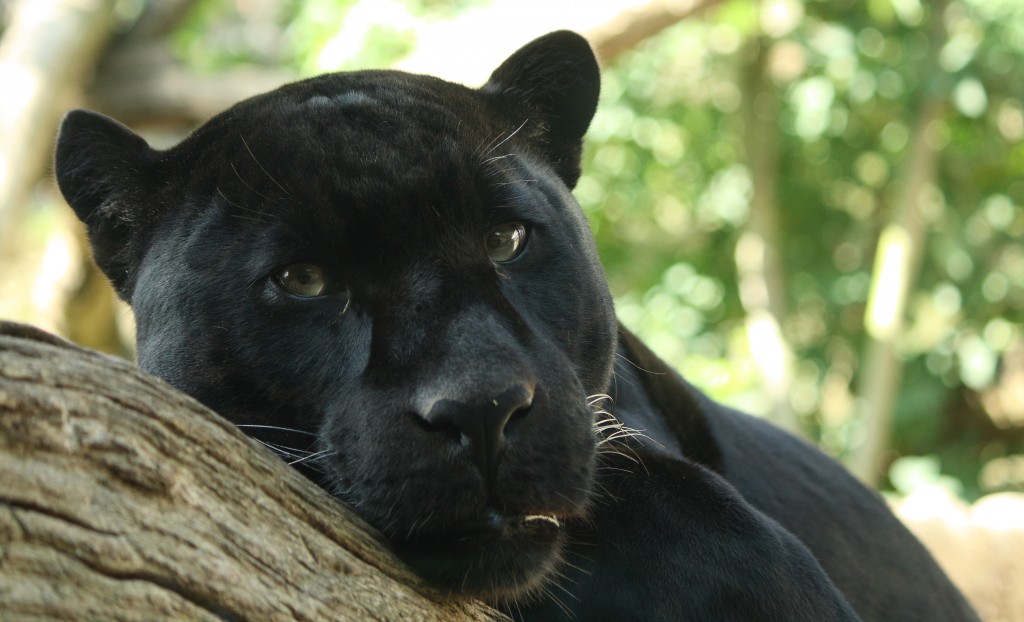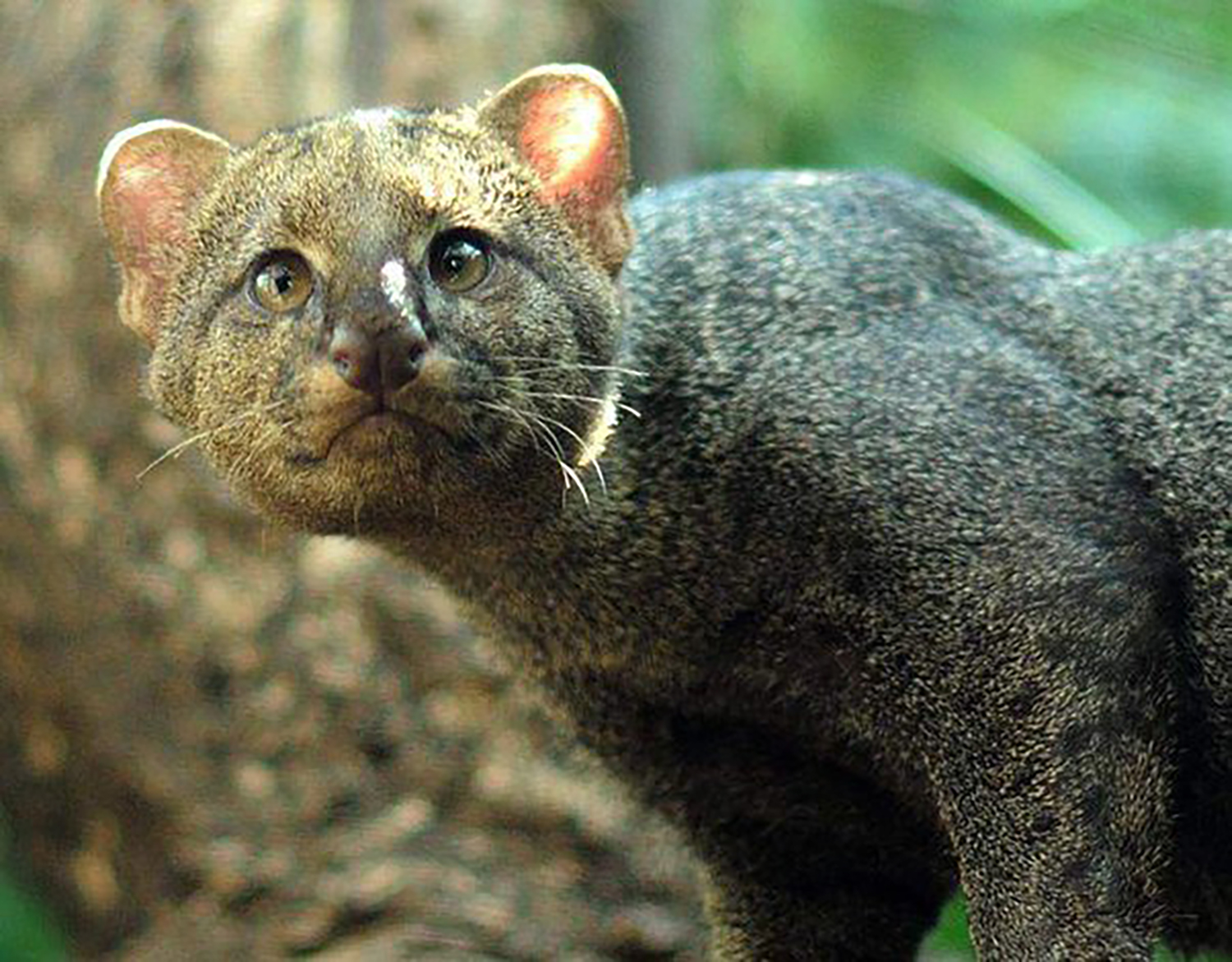
It’s important to understand that “black panther” isn’t a separate species, but rather a term used for melanistic individuals of two big cat species: jaguars and leopards. With that in mind, the top three FAQs about “black panthers” often involve clarifying this and other aspects of their existence:
1. What is a black panther?
- Black panthers aren’t a distinct species, but rather melanistic jaguars or leopards. Melanism is a genetic variation causing excess black pigment in their fur.
- They’re not as common as their spotted counterparts, but estimates suggest about 11% of jaguars and 6% of leopards have this black fur.
2. Are black panthers different from regular jaguars/leopards?
- Aside from fur color, black panthers are essentially the same as their spotted counterparts in terms of size, behavior, and habitat.
- They retain the same hunting skills, prey preferences, and social behavior as their spotted relatives.
3. Can you tell a black jaguar from a black leopard?
- It can be challenging, but some physical clues can help:
- Rosette patterns: Black jaguars typically have rosettes with central spots, while black leopards have more solid rosettes.
- Build: Jaguars are stockier and heavier than leopards, even when black.
- Range: Black jaguars are found in the Americas, while black leopards are found in Africa and Asia. However, geographical location isn’t always reliable as captive-bred animals might be outside their natural range.






